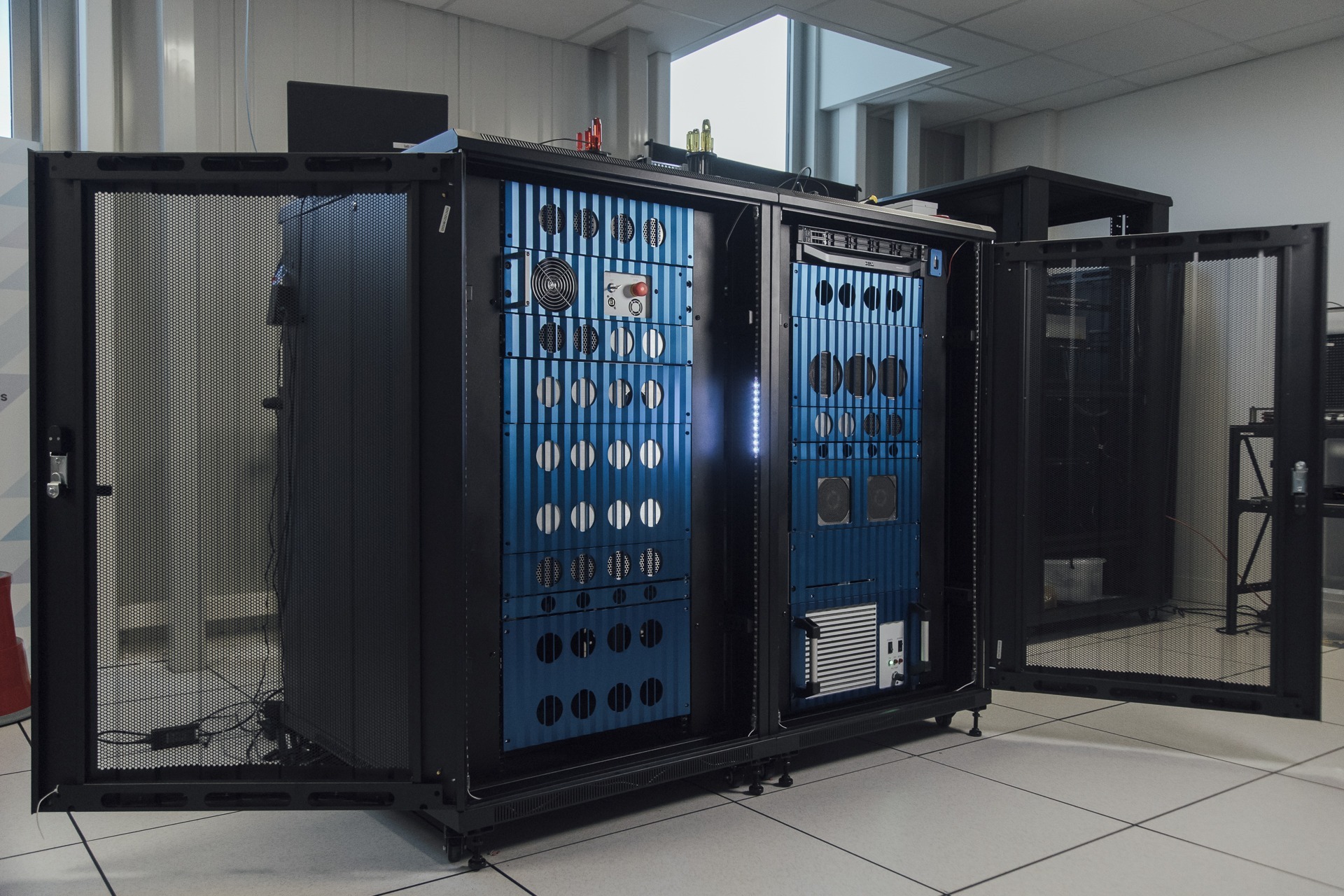A quantum gate is a single operation performed in a Quantum circuit, which modifies the logical state of the qubits involved in the computation according to some predetermined rules.
How does a Single Qubit Gate work?
Depending on the number of qubits that are involved in this operation one can differentiate between Single qubit gates, Two qubit gates and Multi-qubit gates.
The rules that determine the action of a gate can be written down by looking at how it transforms the basis state of a qubit \((|0⟩,|1⟩)\). This is analogous to what happens with classical gates, where one looks at their action on the possible states of a bit (0,1)
For example, considering a classical \((0,1)\) bit, only \((2^2=4)\) discrete operations are possible:
- Identity \((0→0,1→1)\)
- SET 0 \((0→0,1→0)\)
- SET 1 \((0→1,1→1)\)
- NOT \((0→1,1→0)\)
If we now turn to implement these operations on a qubit, we find that the rules of quantum mechanics constrain the action of a gate to be reversible so that only the first and last classical gates find a quantum analog.
On the other hand, quantum gates act on quantum states and can thus be used to create superpositions (e.g. \(\frac{1}{\sqrt{2}}(|0\rangle+|1\rangle )\)) or modify the phase of a state (e.g. \( | 1 \rangle \rightarrow -|1\rangle\)), operations that would not be possible on a classical bit.
Representing the state of a single qubit as a vector on the Bloch sphere, one can find a correspondence between the action of a single qubit gate and a rigid rotation of such sphere.
Examples of single qubit gates
- X: Equivalent of classical NOT gate
\( | 0 \rangle \rightarrow |1\rangle, | 1 \rangle \rightarrow |0\rangle \)
- Z: Adds a \((-1)\) phase to \((|1\rangle)\)
\( | 0 \rangle \rightarrow |0\rangle, | 1 \rangle \rightarrow -|1\rangle \)
- H: Brings both \(|0\rangle \) and \(|1\rangle \) into a superposition state
\( | 0 \rangle \rightarrow \frac{1}{\sqrt{2}}(|0\rangle+|1\rangle ), | 1 \rangle \rightarrow \frac{1}{\sqrt{2}}(|0\rangle-|1\rangle ) \)
- T: Add an imaginary phase to \(|1\rangle \). Relevant for the creation of “magic states”
\( | 0 \rangle \rightarrow |0\rangle, | 1 \rangle \rightarrow e^{(i \frac{\pi}{4})}|1\rangle \)
FAQ on single qubit gates
- How are single qubit gates implemented on a photonic platform?
In a photonic platform the state of a qubit is represented by the position of a photon over two waveguides in a Photonic circuit. Placing a phase shifter on either of the waveguides will vary the phase of the \(|0\rangle \) or \(|1\rangle \) state .
A beam splitter between the two waveguides will instead realize a H gate on the incoming photon. These two simple operations can be leveraged to reach arbitrary single qubit gates, composing a phase shifter and two beam splitters into a Mach Zender Interferometer see Photonic gate.
- Are single qubit gates enough to implement universal quantum computation? No, single qubit gates lack interaction between different qubits and therefore cannot generate entanglement, a fundamental resource for quantum computation. To implement universal quantum computation, one is required to have access to all single-qubit gates and at least one entangling Two qubit gate.

